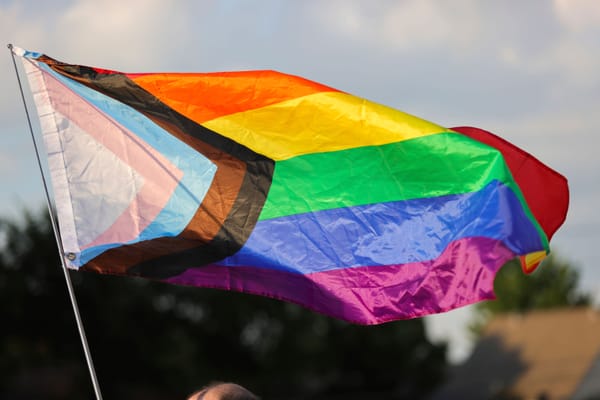As another Pride Month kicks off, most of us have grown accustomed to phrases like “the LGBTQIA+ community” that suggest a harmonious, if motley, coalition. But queer theory, the academic realm in which this expanding alphabet soup of identities originated, first emerged in the 1990s as a critique of the gay movement as it then existed. The problem with the gay movement, queer theory hypothesized, was that it locked people into binary sexuality-based identities: straight and gay. In other words, queer theory accused the gay movement of “essentializing” sexual orientation. As David M. Halperin, a pioneer in the field, put it in 2003, “queer theory appeared on the shelves of bookstores and in advertisements for academic jobs, where it provided a merciful exemption from the irreducibly sexual descriptors ‘lesbian’ and ‘gay.’”
The problem, according to queer theory, was that the gay/straight binary, and the male/female distinction on which it relied, boxed people’s sexuality into narrow domains. The truth was that people’s sex and sexuality were more accurately described as sitting on a spectrum of sex and sexual pleasure. What was needed, queer theorists argued, was the liberation of sex and sexuality from preexisting constraining frameworks—namely, straight/gay and male/female. How was this possible? By critiquing identity and identification as such, and by opening discourse up to allow people to choose whatever combination of sex (now recast as “gender”) and sexuality (now recast as pretty much anything) suited them at any given moment.
“Queer theory put the gay movement on the chopping block.”
In short, queer theory put the gay movement on the chopping block. Rather than seeing it as a movement promoting the interests of a sexual minority facing discrimination and prejudice, it saw gayness as complicit with the oppressor—heterosexuality—because of its role in constraining the avenues and domains of sexual pleasure that would otherwise be open for exploration if it weren’t for the deadweight of “gay politics.” Queer theory sought to liberate people from social constraints on sexual expression, treating the gay movement’s political agenda—which in the 1990s and aughts coalesced around same-sex marriage—as suspect, because it sought to discipline gay men into straight mores and make them palatable to the heterosexual mainstream. Queer theorists saw themselves as “radical” compared to the “liberal-centrist” gay movement. Whereas the gay-rights movement merely wanted to secure a sexual minority its rights, queer theorists wanted to liberate human sexuality itself.
